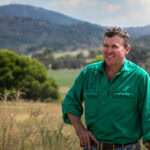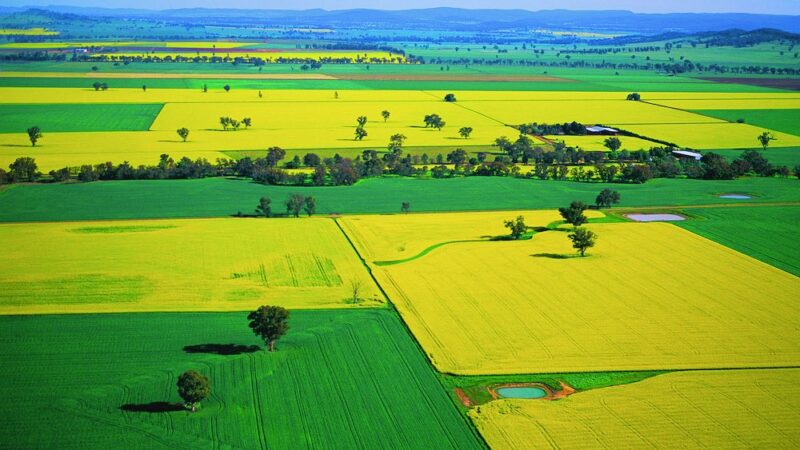If you ask Western NSW graziers Mike and Lucy Rosser how carbon farming has impacted…
The ins and outs of carbon farming
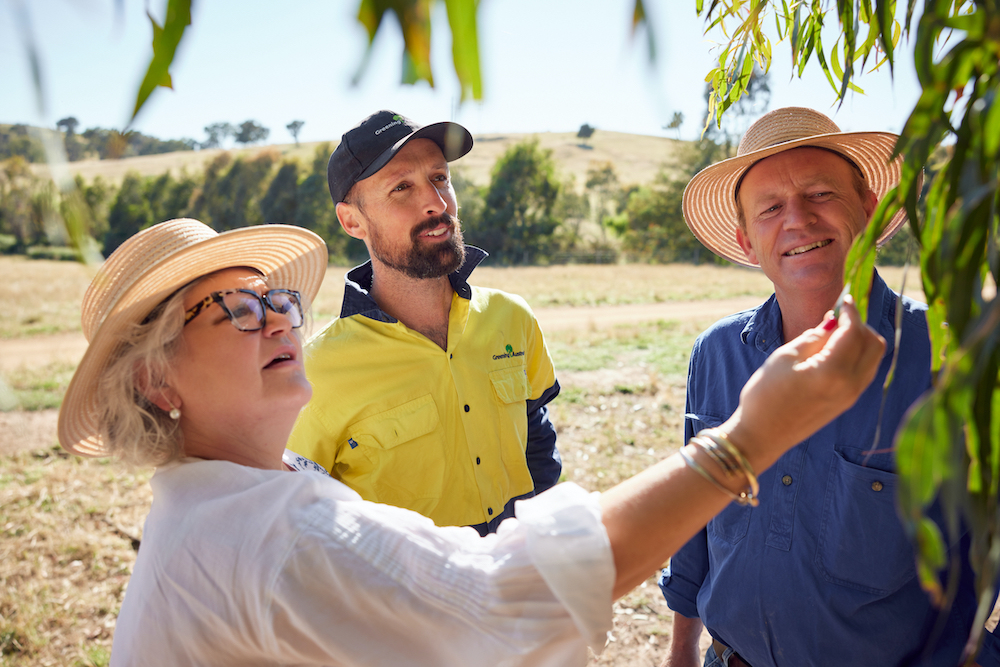
For those who have dived into carbon farming already � or even just the researching of it, they�ll know that the complexities run deep. They may have been following the Kyoto Protocol, Paris Climate Accords and COP26 discussion towards global climate action and support. They may have planted trees around waterways and in gullies to reduce erosion, purchased new farm vehicles with lower emissions, started feeding seaweed or other supplements to livestock to reduce methane emissions.
To add to the complexities, this year the Federal government has undertaken a review of the integrity of Australian Carbon Credit Units (ACCUs) and the broader impacts of incentivised emission-reduction activities. The Review Panel�s report with recommendations will be handed to the Federal government on December 31.
ACCUs are a financial instrument awarded to projects that can prove energy efficiency, renewable energy generation and carbon sequestration. One ACCU represents the avoidance or removal of one tonne of carbon dioxide equivalent greenhouse gas emissions. ACCUs can be traded or sold much like shares on the stockbroking market, under the Carbon Credits (Carbon Farming Initiative) Act 2011.
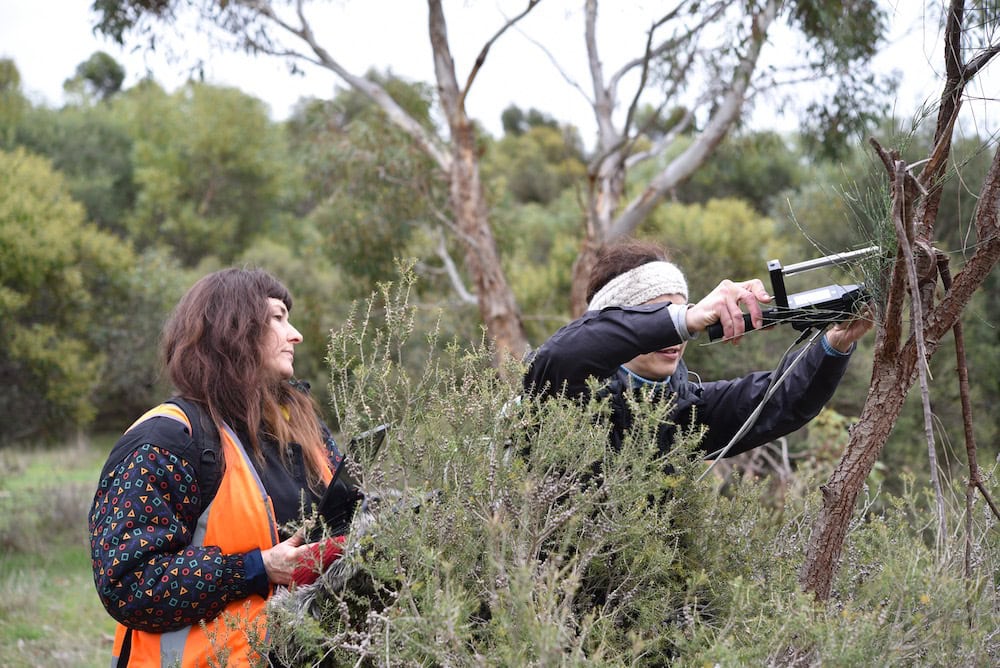
Over time, the Australian government has appointed a number of national schemes to enable carbon credits to be traded. The latest is the Emissions Reduction Fund, a voluntary scheme offering landholders, communities and businesses to run projects that avoid the release of greenhouse gas emissions or remove and sequester carbon from the atmosphere.
Obviously, the Emissions Reduction Fund (ERF) is the means for the Australian government to prove greenhouse gas emissions are offset. The ERF enables the private sector, in response to consumer and stakeholder demand, to invest in ACCUs to meet their legal baseline emissions requirements and de-carbonise their business operations.
The demand for ACCUs would increase if international carbon registers could access Australian farmers� carbon credits to offset their emissions � part of article 6 of the Paris Agreement � and one of the considerations of Australia�s Clean Energy Regulator going forward.
The bottom line is, �carbon farming� or claiming ACCUs against your farm production is incredibly complex, but you can do it. Eventually, as with many things, it may become consumer driven � meaning that if you want a premium for your farm production, you�ll need to prove your farming practice.
Like any capital investment or engagement, when beginning the process towards claiming carbon credits against your farm production, due diligence is absolutely necessary.

There is no back pay applicable to claiming ACCUs against your emissions. You may have planted trees and improved pastures for decades, but measuring emissions reduction through the act of planting trees, shrubs or pasture, or other mitigation activities, begins after you sign contracts with a commercial management and measuring certification service.
After you�ve signed the contracts, it may take at least five years before you have comparable results you can claim or trade.
Land tenure is complex in carbon farming
What happens underground matters too, as carbon can be measured there as well. Carbon sequestration occurs after vegetation takes carbon dioxide from the atmosphere into healthy soils where microbes utilise the carbon.
However, land tenure is a complex entity. You as the farmer own a title to land, but it is still to be clearly identified if only you can claim against the sequestered carbon stored underground.
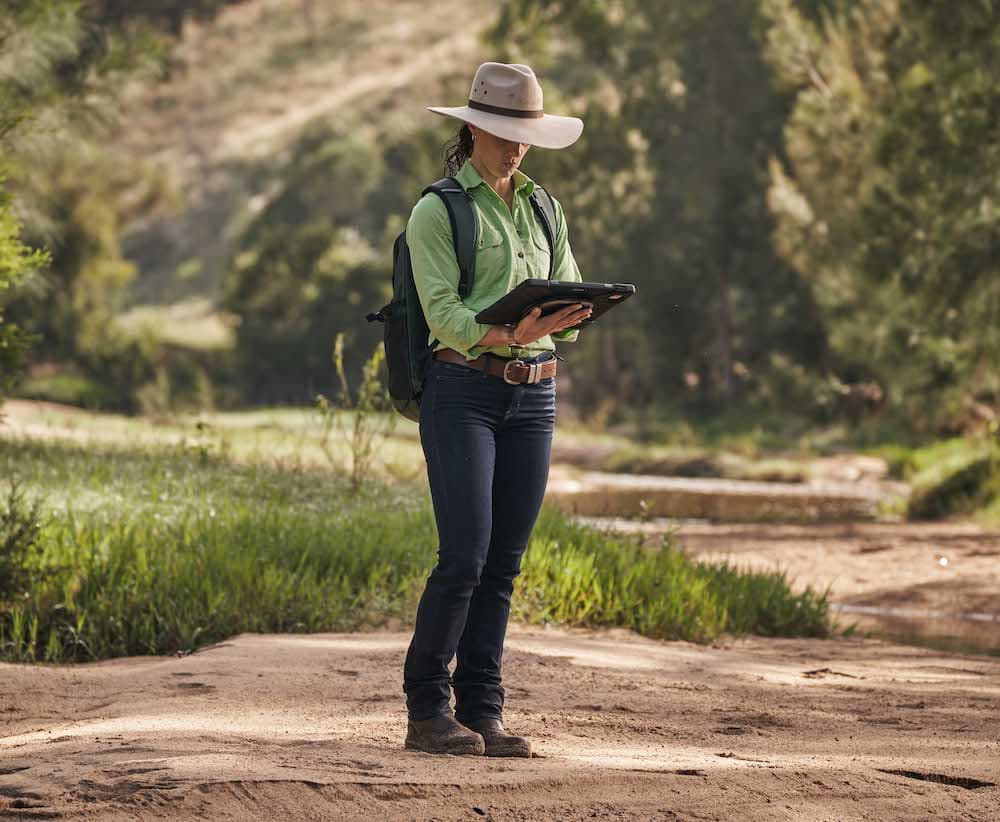
Approximately half of all land in New South Wales is owned and managed by the State and leasing crown land brings with it complexities.
The sovereign rights over land are relevant, given that sequestered carbon is measured below the topsoil, and the root systems of perennial pastures can be a lot more than half a metre underground. This is still to be clarified and tested legally.
Native Title claims are also relevant
Charlie Hawkins is one of two Business Development Managers at CarbonLink � a carbon aggregation company. He has been working with land managers in Queensland, and helps landholders to negotiate Native Title approval for them to bequeath carbon credits for the work the lessee is undertaking to sequester carbon in the soil.
�ACCUs are issued to the owner or proponent of the land. When that land is under Native Title, there are specific contractual arrangements that need to be brokered,� Charlie says.
These are the things you need to take into account when you want to begin measuring your emissions and offset them against mitigation activities that include sequestering carbon into your farm�s soil. On top of all that, the sequestering activities are secured against your land�s title.
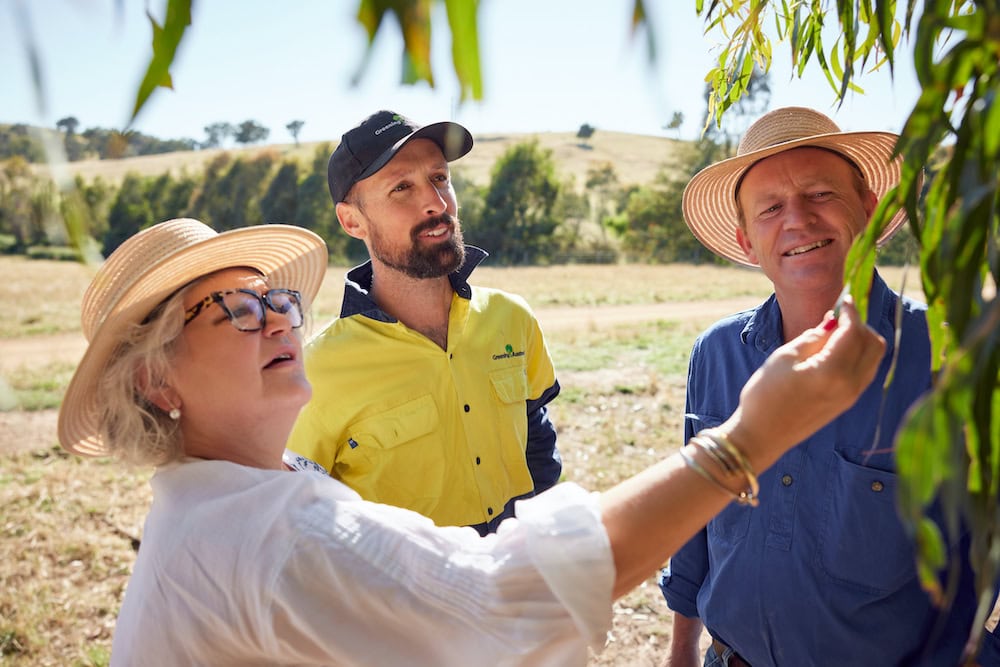
�If the farmer is recalcitrant on their land management strategies and plans, the soil carbon measures will identify that,� Charlie says. �The regulator will place a carbon maintenance obligation on the land title. This is because carbon sequestration is applied against the land title.
�If you are the lessee of the land, you will need a contract from the owner to ensure carbon sequestration entitlements from your management are bequeathed to you.
Charlie Hawkins � a Business Development Manager at CarbonLink.
�Crown land managers can provide consent to a lessee to develop carbon credits.�
There are also aggregation opportunities. These are when a number of like activities being undertaken by multiple landowners can be registered as effectively one project. Aggregation relies on all parties undertaking their responsibilities fairly.
Aggregation is considered a significant step towards combining a goal of reversing biodiversity loss across landscapes. It involves many individual properties through scalable reforestation solutions, and creates a cumulative carbon aggregation and sequestration solution to climate change.
In 2023, Greening Australia will register through the Emissions Reduction Fund an aggregation that involves seven landholders across New South Wales, Victoria, South Australia and Western Australia, targeting reforestation activities across more than 4,000 hectares.
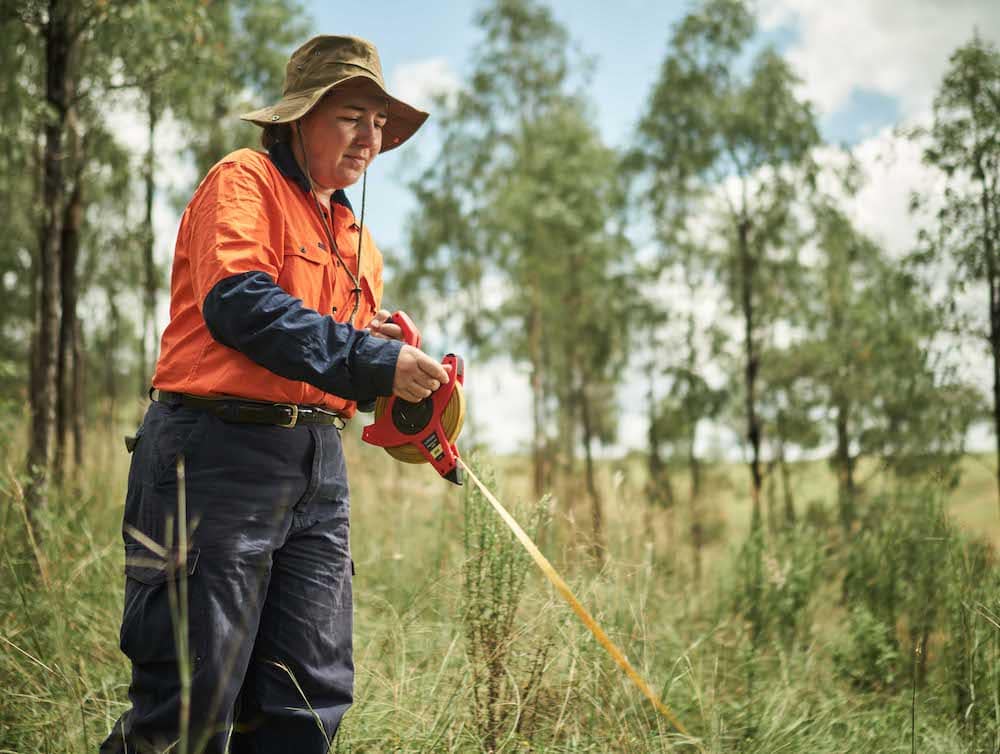
As well as the potential for carbon credits to earn financial revenue for the landholders involved, degraded land will be restored with shade and shelter for livestock, habitat restoration, and increased biodiversity in the landscape.
Farmers are the heroes of reforestation
Reforestation and increasing biodiversity on farms, or farm forestry, is formally defined as a minimum land area of 0.2 hectares with a minimum tree height of two metres and tree canopy of 20 per cent. However, for forestry activities to be eligible, they have to alter the land�s use from what it was on January 1, 1990.
By enabling reforestation, farmers are considered the heroes in an economy that will still allow resources extraction and mining. After all, without a minerals extraction industry, how will we own cars, mobile phones, computers, refrigerators, washing machines, and a lot of things we take for granted in our normal lives?
For governments to take meaningful action to curb greenhouse gas emissions, reforestation by the private sector is seen as a viable solution, given the benefits of improved biodiversity � trees and other vegetation extract carbon dioxide from the atmosphere and a hydrated and healthy landscape enables that CO2 to be converted to carbon in the soil, where it is sequestered and available for use as ACCUs.
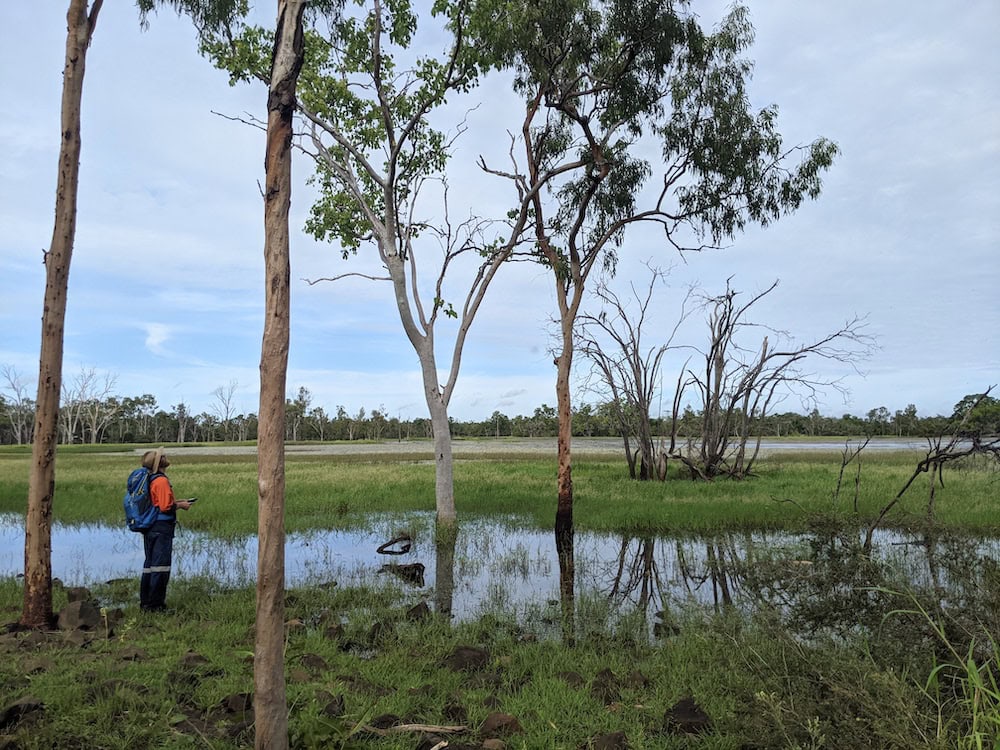
The Australian government has argued that droughts and bushfires occur too commonly in this country and release large amounts of carbon dioxide, from burning trees and from vegetation decaying and dying during drought. Therefore the Australian government opted out of article 3.4 of the Kyoto Protocol, choosing not to report on emissions resulting from land-use management.
This decision effectively means there are no incentives for the Australian agricultural and forestry sectors to alter their land management practices to reduce greenhouse gas emissions. Nor is there an incentive for other land managers to reduce their greenhouse gas emissions, including resource mining companies and landfill operators.
But the ACCUs were created as a form of personal property that is recompense for farmers and landholders to voluntarily sequester carbon against reforestation and revegetation, and reduced emissions from their livestock, fertiliser, crop cultivation, and paddock or savannah burning.
If those farmers and landholders engage in a formal agreement to sequester carbon, those carbon credits are part of a whole-of-country investment that the Australian government can bank on for international kudos.
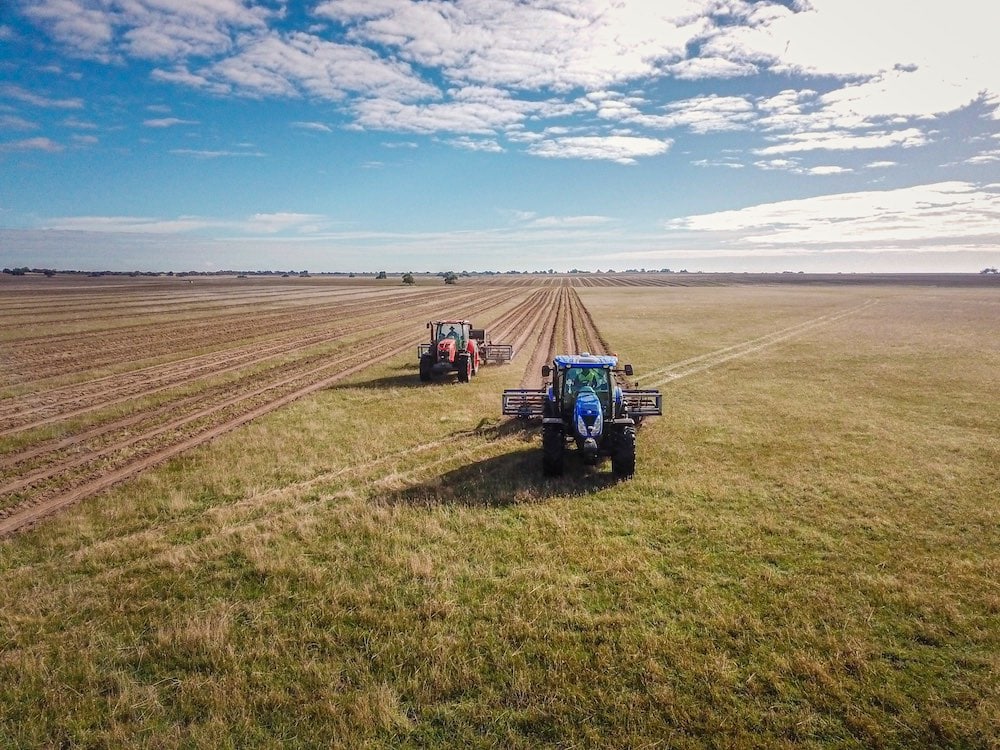
Image by Greening Australia.
Benchmarking and measuring carbon for credits
ACCUs are an incentive for Australian landholders to increase the carbon stock of their land, to offset against their production emissions, and remove some of the uncertainty for land users wanting to invest in longterm carbon sequestering activities.
It also opens up the possibility of selling carbon credits on either voluntary domestic or international markets, through formal emissions trading mechanisms.
So long as the farmer is able to baseline, monitor and measure carbon in the soil, they can prove it is being sequestered. Sequestered carbon is carbon that is stored in vegetative biomass and soils.
�It�s beneficial to the producer to plant trees and shrubs and change the way they manage pasture, with lighter stocking rates and ensuring groundcover,� Charlie Hawkins says.
�Carbon sequestration has to become part of day-to-day farming � and most farmers are doing it already. And extrapolating what they are doing so it can then be measured and reported will help them to gain the benefits of ACCUs. The carbon market brings all that to the table.�
Given that it�s a long-term perennial investment, the farmer�s land management strategy would be formally developed, including identifying what grazing or sowing practices were changing and how, what are the reforestation initiatives to be undertaken, and if country is to remain fallow.
The land management strategy would be signed off with an agronomy specialist who understands how the plans demonstrate carbon will be sequestered in the soil.
With approval from the government regulator, soil carbon will be benchmarked and begin to be measured over time.
Precision agriculture and technology have key roles in identifying sequestered carbon. In fact, ACCUs are based on the use of technology to prove carbon sequestration.
Satellite imagery helps map the property initially, and over time ongoing mapping identifies changes in the landscape, including increasing vegetation mass attributed to grasslands and reforestation. In the same way, drones are used over landscapes to photograph biomass above the soil.
Initial and ongoing soil core sampling occurs to measure and identify deviations in carbon, as well as other nutrients.
Vegetation, aquatic, bird and other wildlife surveys undertaken by stakeholders measure the initial and increased biodiversity of flora and fauna on the farm. Initiatives that reduce soil erosion and increase water hydration within the soil can be baselined and measured for changes in sequestered carbon.
Farmers can use production data to measure and prove production efficiencies against their reforestation and landscape restoration work.
This data measures weight gain in livestock in landscapes that are stocked and grazed to protect vegetation groundcover, fenced to protect waterways and raise shelterbelts.
Data enables the farmer to measure crop yield in landscapes where minimal or no tillage occurs, and where reforestation around broadacre paddocks reduces erosion from wind, helping to stabilise the soil. This may include measuring the effect on the soil of reduced fertiliser use, and increased sowing of nutrient-fixing crops, such as legumes and pulses, as a break crop.
Building stable soil carbon farmimg: new tools available for farmers
Everybody is talking about carbon, but there are few tools actually being provided to those farmers who are serious about increasing their stable soil carbon. Whether looking to participate in carbon markets or simply trying to harness the co-benefits of increased soil carbon � increased crop yields, better water retention, and better nutrient uptake � there are now new technologies available for farmers.
�Building soil carbon is nothing new to farmers, and while there has been an increased focus on the importance of soil carbon and the growth of carbon markets, there has been relatively few tools delivered to support this,� says Loam Bio Co-Founder and Global Head of Agronomy, Guy Webb.
�As an agronomist, I obviously spend a lot of time working with farmers, and you have to understand what makes their business tick. In simple terms, as with any business, you have to maximise yield and minimise risk � and having more carbon in the soil does both those things.�
After three-years and millions of dollars invested in product development � including through collaborations with University of Western Sydney (UWS) and Australian National University (ANU) � Loam Bio has its first seed treatment ready for market.
The Soil Carbon Inoculum Package (SCIP) for Barley and Canola has been deployed in the field and is seeing consistent increases of stable soil carbon being built, along with increased crop yields.
Loam is now working with growers to increase their crop�s ability to capture significantly more carbon from the atmosphere, making participation in carbon projects more profitable for growers � without sacrificing any of their current farm management goals.
�To have access to a technology that makes it economical and easy for farmers to build carbon in soils � and build yield � that is a very powerful tool for farmers.�
To learn how these new technologies can integrate into your cropping system, email
our agronomists at [email protected]
If you enjoyed this feature on carbon farming, you might like our story on soil health.


